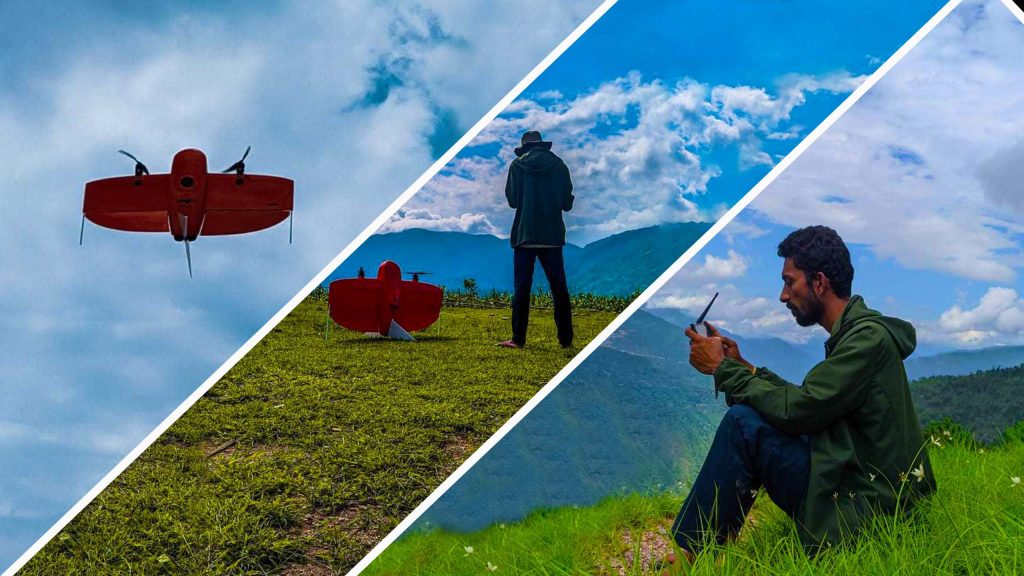“Burgeoning Significance of Drones”

The widespread intervention of drones into everyday life in almost every aspect is already well underway. At this stage of human civilization, the convenience offered by drones is becoming increasingly recognized and embraced. In the past, drones were primarily renowned for their involvement in warfare, acting as decoys, and deploying missiles against targets. However, their current roles have diversified significantly, encompassing various areas such as photography and videography, climate change monitoring, medical supply deliveries, disaster preparedness, yield forecasting, and resource optimization in agriculture. In fact, in all areas of life, there is an increasing rush for adopting drones/UAVs to make human lives comparatively more better.
Nowadays, aerial photography and videography have become more get-at-able not only to professional movie makers but also to everyday individuals, equipping people to reproduce mesmerizing moments and awe-inspiring views. The impact of drones on movie-making can be witnessed in films like “Skyfall” and “The Greatest Showman,” where drone shots have captivated audiences.
Similarly, in the realm of medical emergencies, the subsequent importance of drones became apparent during the COVID-19 pandemic. The global market for medical drones, valued at US$88.2 million in 2018, witnessed a remarkable increase in demand due to the outbreak of the coronavirus. Nations such as Rwanda, Ghana, and Tanzania embraced these technological marvels to carry out essential medical tasks like collecting blood samples and transporting vaccines and medical supplies.
Simultaneously, as we delve deeper into understanding the impact of climate change on the environment, advancements in robotics have made this exploration of climate change ensued impacts more cost-effective and less labor-intensive. Climate change being one of the challenging issues of the world, drones have been used for monitoring and evaluating its effects. For instance, mosses in Antarctica have been identified as a vital climate change indicator, and ongoing research with drones is currently investigating their impacts.
On the other hand, Drones have brought comfort to the agricultural sector by optimizing farming practices. Precise monitoring of crops, livestock, and land conditions enables farmers to increase yields and reduce resource wastage. This leads to a more sustainable and reliable food supply, providing comfort to both producers and consumers.
UAVs are also found to be helpful in disaster preparedness, impacts minimization and immediate response which is another application of UAVs where the vast amount of different unmanned aerial vehicles can be exploited. In fact, drones are now standard for every WFP emergency response. During 2019, in Mozambique, two back-to-back cyclones affected human lives disastrously. With the help of drones, the damage was quite easily mapped and survivors were searched as soon as possible while freeing up helicopter pilots to conduct rescue and supply missions.
In more recent times, advancement among drone users has reached the next heights. After achieving the historic feat of delivering the world’s first pizza by drone from a New Zealand store in 2016, Domino’s is once again exploring the possibility of commercial drone delivery. They are currently testing “Domicopter” drones for pizza deliveries. Taco Bell is also in the midst of exploring the use of “Tacocopter” drones for their own purposes. Meanwhile, Amazon is diligently working on a fleet of delivery drones with the aim of revolutionizing the postal service. Federal Express is also dreaming of employing pilotless aerial and terrestrial drones for transporting goods more efficiently, economically, and safely compared to vehicles operated by humans.
All in all, versatility, efficiency, and diverse applications of drones make them invaluable tools capable of addressing various challenges in every aspect of human life.

